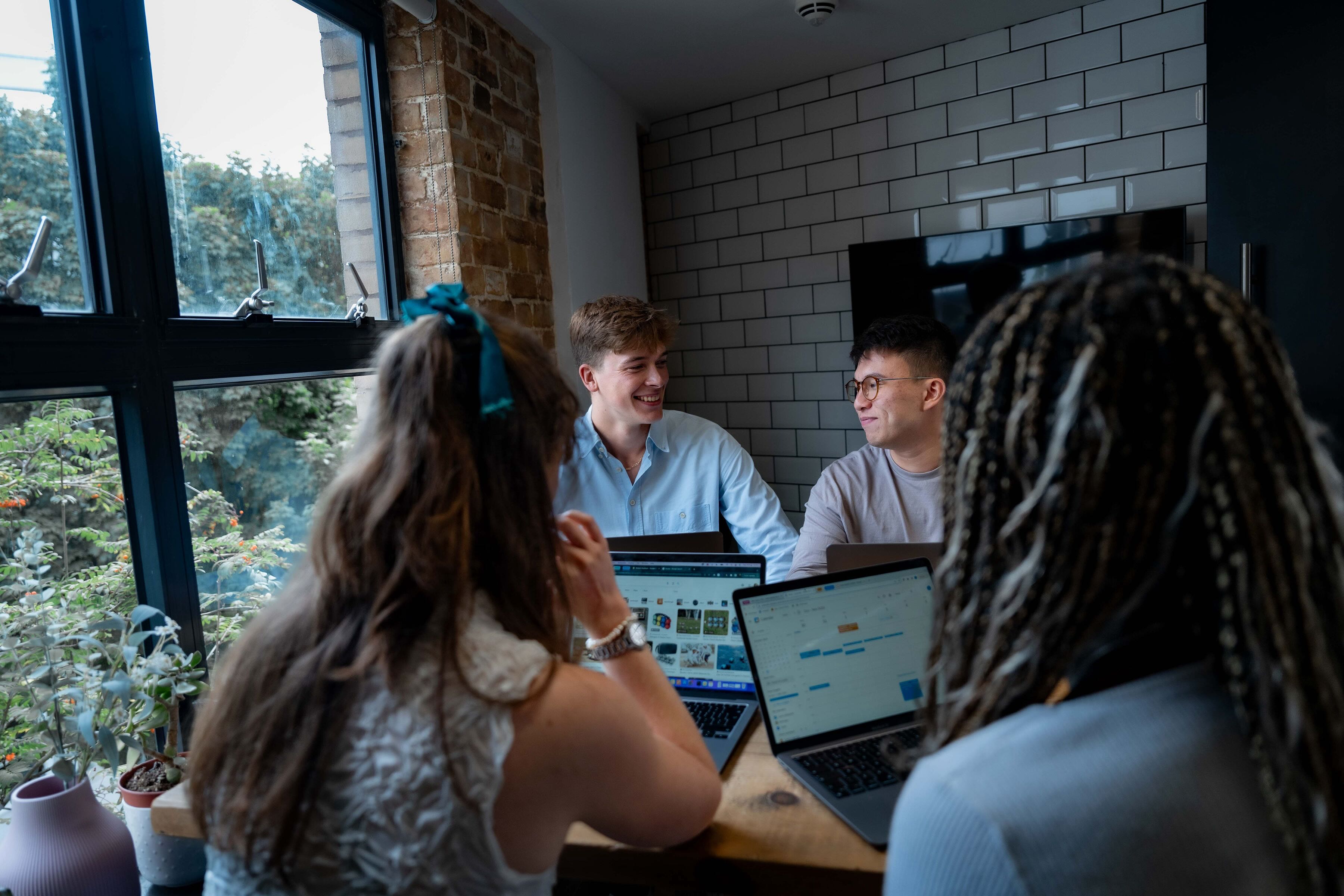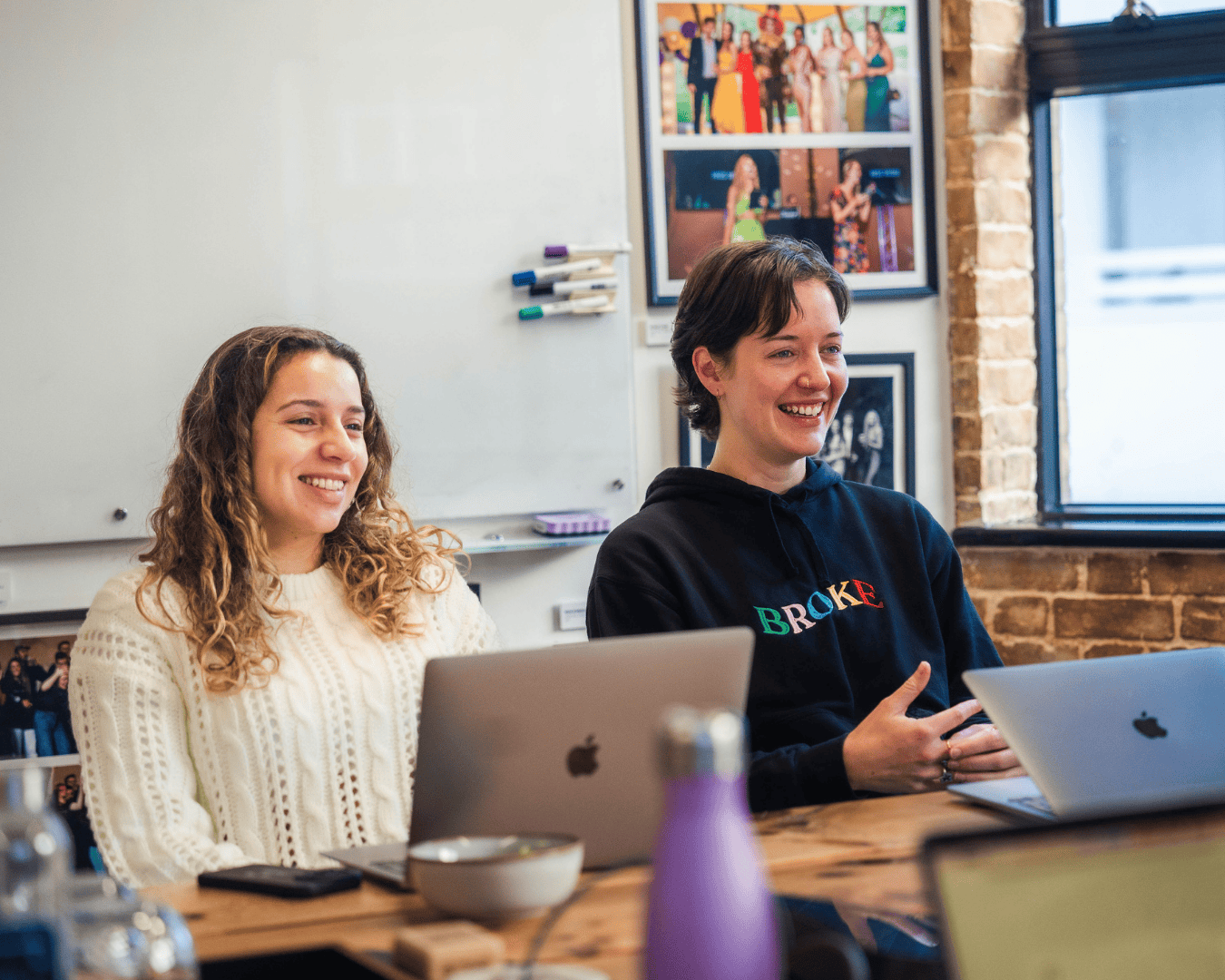Socioeconomic diversity is about having a variety of individuals from different economic, educational, and social backgrounds. In turn, creating a workforce that represents a wide range of backgrounds, and mirrors the make-up of society – affording you diversity of thought. The ‘traditional’ pathway to the top jobs is often afforded to those whose socioeconomic background is synonymous with opportunity – cultural capital, unpaid internships and extracurriculars to name a few. Your brand, attraction, recruitment, and development, need to be open to all to ensure socioeconomic diversity.
Talent is universal, opportunity is not.
If your office mirrors an old boys club, diversity probably isn’t your strong suit. And one would be safe to assume that those from lower socioeconomic backgrounds are wholly underrepresented. Professional jobs have historically favoured the middle class, but times are changing, a focus on socioeconomic diversity will allow you to tap into a wider pool of talent and bring fresh perspective to your organisation.
A lack of diversity in your workforce is a one-way ticket to missed opportunities.
By prioritising socioeconomic diversity, you can help rewrite the narrative and add depth to your teams. It’s not just a moral imperative, it’s smart business. Diverse teams outperform homogeneous ones. But, it’s also about your brand. By openly advocating for, and valuing, socioeconomic diversity you're sending a message that you are open to and would support all kinds of talent, not just those who’ve taken the ‘traditional’ route. A must when you consider 60% of those from a lower socioeconomic background would allow a poor experience and bad reviews to stop them from applying to a brand.
The class ceiling is there to be broken.
How do you measure socioeconomic diversity in your recruitment process?
Social status and class background are more subjective than most other diversity metrics, so it can be more complex to collect and report on. There are four data points you can use to measure socioeconomic background: main household earner occupation aged 14; school type between the ages of 11 and 16; free school meals eligibility; parental level of education. As a minimum employers should be collecting data on parent/guardian occupation, however it’s recommended by the Social Mobility Foundation that at least three data points is best practice.
Beyond the data collection, you should track the performance of these metrics in your recruitment process. If you aren’t getting a diverse talent pool in the top end of your funnel, you likely need to dial up your attraction methods to ensure you’re reaching a broad spectrum of talent. Tracking diversity data at each stage of your recruitment process is an additional proof point in making sure none of your assessment methods unfairly discriminate against specific backgrounds. It’s these practices which drive a real culture shift with regards to socioeconomic diversity.
But we can go further than the data – your recruitment process can be designed to enhance diversity and reduce bias. When 71% of those from a lower socioeconomic background have concerns around their background hindering them in a recruitment process, we need to do more. Some company’s advocate for anonymised CVs, where details around a candidate’s background are removed, mitigating biases. Ensuring you have a robust competency framework, assessment matrices and lean towards skills based questions are also a good step – this means candidates can be assessed on potential and passion, rather than the polish and experience which can be synonymous with those from more privileged backgrounds.
Talent and potential don’t discriminate; neither should your recruitment process.




